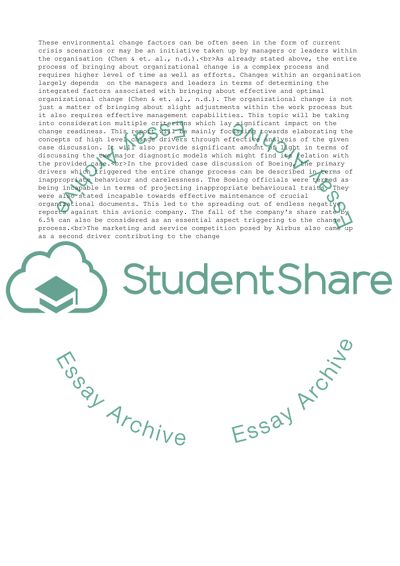Cite this document
(SHORT CASE REPORT Research Paper Example | Topics and Well Written Essays - 2750 words, n.d.)
SHORT CASE REPORT Research Paper Example | Topics and Well Written Essays - 2750 words. https://studentshare.org/management/1823531-short-case-report
SHORT CASE REPORT Research Paper Example | Topics and Well Written Essays - 2750 words. https://studentshare.org/management/1823531-short-case-report
(SHORT CASE REPORT Research Paper Example | Topics and Well Written Essays - 2750 Words)
SHORT CASE REPORT Research Paper Example | Topics and Well Written Essays - 2750 Words. https://studentshare.org/management/1823531-short-case-report.
SHORT CASE REPORT Research Paper Example | Topics and Well Written Essays - 2750 Words. https://studentshare.org/management/1823531-short-case-report.
“SHORT CASE REPORT Research Paper Example | Topics and Well Written Essays - 2750 Words”. https://studentshare.org/management/1823531-short-case-report.


